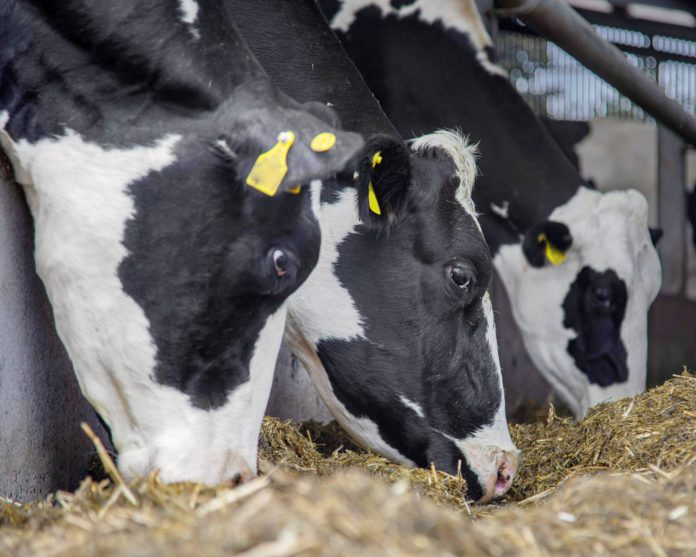Limerick Regional Veterinary Lab diagnosed babesiosis in a two-year-old lactating Friesian cow, which had been found dead having been noticed with a reduced milk yield the evening before.
Another cow in the herd had recently been treated for babesiosis or ‘red water’.
Gross signs included anaemia, haemoglobinuria (presence of haemoglobin in urine), and splenomegaly (enlargement of spleen, measured by size or weight), according to the Regional Veterinary Lab Report, contained in the Veterinary Ireland Journal.
Babesia divergens was detected in the spleen by PCR (Polymerase Chain Reaction). Babesiosis was also diagnosed in two-yearling heifers with a history of sudden death, according to the lab report.
They were described as having been grazing rough pasture, an “ideal” environment for exposure of cattle to Ixodes Ricinus, the tick which is the reservoir host of B. divergens.
Necropsy disclosed gross findings of autolysis (destruction of cells or tissues by their own enzymes), signs of dehydration, and red urine in the bladder.
The kidneys of both animals were black in colour and there were signs of jaundice (causes yellow appearance) in the hearts and livers and B. divergens was detected in the spleen by means of PCR.
About redwater
In a previous article on www.thatsfarming.com, Beef HealthCheck Programme Manager, at AHI – Animal Health Ireland explained the causes of redwater, signs and prevention options.
After an animal is bitten by a redwater-infected tick, it can take up to three weeks to show any signs of disease.
Early-stage signs:
- Animals staying away from the group;
- Reduced appetite;
- High temperature;
- Frothy urine with a red-brownish colour;
- Diarrhoea (often ‘pipe-stem diarrhoea’ passed as a thin jet).
Later stage signs:
- Weakness/staggering, animal unable to stand;
- Changes in colour of gums and under eyelids to very pale (anaemic) or yellow (jaundice);
- Normal urine colour;
- Constipation;
- Death.
Carefully monitor animals on pasture for signs of disease, particularly during spring or autumn, especially if you have recently introduced them to the herd.
Animals can die quickly following the first appearance of signs of infection.
Calling your veterinary practitioner immediately is the first and foremost piece of advice if you suspect redwater in an animal/animals.
Read more on this news article on www.thatsfarming.com





